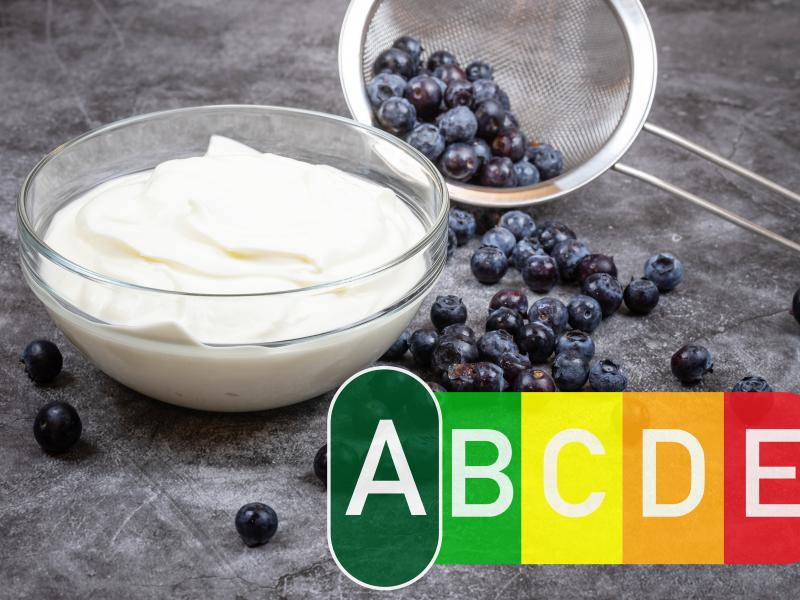Improved labeling and standards for nutrition

Description of the innovative solution
Labelling and standards need to be improved and applied around the world to inform consumers about nutritional properties of products to reduce risks of consuming adulterated products and informs on the health and safety of products. Proper labelling and guidelines are necessary to inform and protect consumers and can be used to promote health. This innovation proposes mandatory food labelling and standards, which may also include child-friendly labels for foods aimed at children. The United States has required nutrition labeling since the 1990 Nutrition Labeling and Education Act, which gives...
Labelling and standards need to be improved and applied around the world to inform consumers about nutritional properties of products to reduce risks of consuming adulterated products and informs on the health and safety of products. Proper labelling and guidelines are necessary to inform and protect consumers and can be used to promote health. This innovation proposes mandatory food labelling and standards, which may also include child-friendly labels for foods aimed at children. The United States has required nutrition labeling since the 1990 Nutrition Labeling and Education Act, which gives the Food and Drug Administration the authority to require nutrition labeling on the packages of food and certain nutrients to be on the label. Although the U.S. requires accurate nutrition claims on labels, manufacturers still include ambiguous claims that do not provide the public with easily understandable nutritional information. A public health goal, the improved labeling and standards for nutrition would set standards for companies to provide clear nutrition and product labeling on packaged food goods to allow consumers to make informed choices. Understandable, consistent, and valid nutrition labels educate people about ingredients, a potential strategy for countering obesity and processed-food diets, and force producers to adhere to food safety standards. Although food labeling exists in some countries, improved labeling and standards would systematize nutrition claims and hold food companies accountable for producing safe and healthful goods.
Examples and additional resources
Real-world examples
See this solution in action in different contexts and settings around the world
China Revamps Nutrition Labeling Regulations
Changes in food purchases after the Chilean policies on food labelling, marketing, and sales in schools
Additional resources
Learn more about this solution through studies, articles, business cases, and other information
Nutrition labelling: purpose, scientific issues and challenges
Front-of-package labeling as a policy tool for the prevention of noncommunicable diseases in the Americas
Contacts
Connect to others working on and with this solution around the world
Pathways to uptake
Engage with our “backcasting tool” to imagine and design “pathways to uptake” for this solution in your setting.
This process involves defining a future vision of this solution being used in your context, and then working “backwards” to identify necessary steps to achieve this vision by 2030. Going through this exercise as an individual or with a team can help to clarify the WHAT/WHEN/HOW of moving a solution (or package of solutions) towards having major impact. We hope these pathways will inspire outside-of-the-box thinking, creative approaches, and actionable concrete steps to move ideas into action.
Pathway builder
Explore pathways for this solution
Be the first one and add a pathway for this solution!